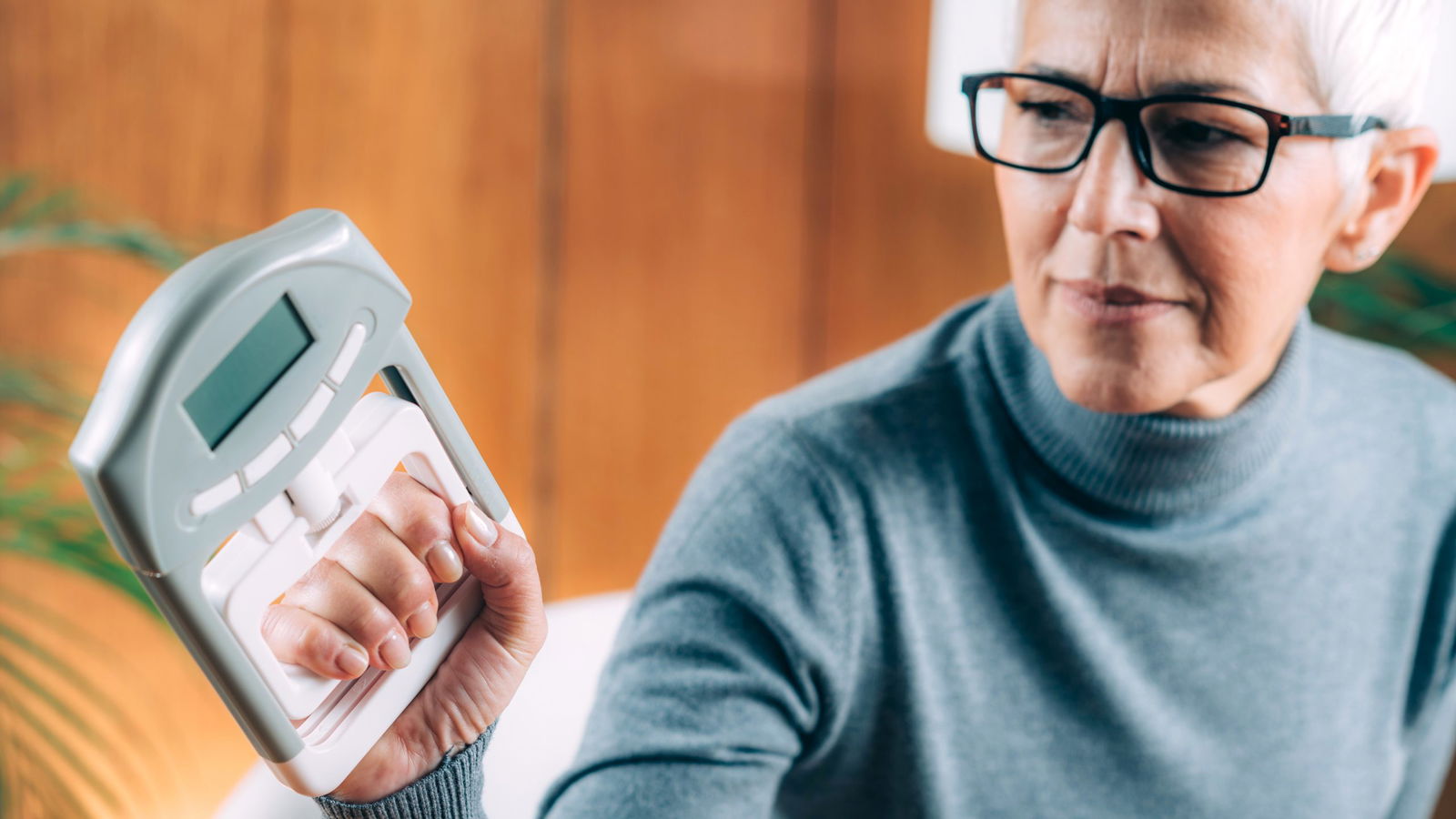Articles / Simple muscle-building strategies for older patients

0 hours
These are activities that expand general practice knowledge, skills and attitudes, related to your scope of practice.
0.5 hours
These are activities that require reflection on feedback about your work.
0 hours
These are activities that use your work data to ensure quality results.
These are activities that expand general practice knowledge, skills and attitudes, related to your scope of practice.
These are activities that require reflection on feedback about your work.
These are activities that use your work data to ensure quality results.
However, just 9% said their doctor had ever discussed muscle health, according to the national survey which included 1261 adults aged 50 to 94.
Professor Robin Daly leads the Musculoskeletal Health and Mobility Research Group at Deakin University’s School of Exercise and Nutrition Sciences.
He led the study, and says the research reflects the need for a more proactive and multi-disciplinary healthcare approach.
“When you ask older adults what really matters to them, it’s about maintaining their mobility, independence and cognitive function as they grow older. And all of these relate to muscle health,” Professor Daly says.
“We have so much scientific evidence now showing that the loss of muscle mass, strength and function is pretty much linked to almost all common chronic diseases, and yet it remains underappreciated and under-recognised in clinical practice,” Professor Daly says.
Professor Daly recommends screening patients from age 50 onwards, as muscle mass and strength often starts to decline in our 30 or 40s.
“It is particularly important if people have chronic conditions or have had multiple episodes where they may have experienced a mobilisation injury or that type of scenario (e.g., being hospitalised or bedridden), or they’re on certain medications or if they’ve undergone cancer treatment or something like that,” he says.
A quick and simple strategy is to start with the SARC-F questionnaire, a short five-question self-reported screening tool that asks about strength, walking, ability to rise from a chair, ability to climb stairs and whether they’ve had any falls.
“It only takes about one minute to complete, and patients could do that in the waiting room, or you could do it prior to the appointment. If they score two or more points, then that might be a red flag that they might be at risk for poor muscle health,” Professor Daly explains.
If someone scores two or more, there are a few objective muscle strength and function assessments which can be done in your office such as measuring grip strength using a hand-held dynamometer (these can be purchased for <$100), performing the five-times sit to stand or the 3-m timed up and go test. Each of these only take a minute or so to do.

The key thing to remember is there are effective lifestyle strategies to improve muscle health and function which can make a big difference in someone’s overall health and wellbeing, Professor Daly says—and it doesn’t take long to see the impact.
“Muscles are in a constant state of turnover. Every single day they’re being renewed and replaced. It occurs about one to two percent per day, which basically means if you looked at your arm in three months time, you get a brand new arm full of muscle, essentially,” Professor Daly says.
“This means you can get muscle adaptations really quickly with a well-designed program. So people see the benefits and feel the benefits pretty quickly when they undertake exercise, particularly when it’s related to resistance training.”
“In eight to 12 weeks, you can have 100 percent or more improvement in your muscle strength. In 12 weeks, you can actually improve your muscle mass as well.”
Professor Daly recommends a multidisciplinary team approach, ideally referring to an exercise physiologist to develop a structured and progressive exercise program. For those who aren’t eligible for a care plan or can’t afford multiple sessions, an exercise physiologist can develop the initial program and adapt it every 12 weeks, he notes.
Home-based programs can be effective with minimal equipment beyond some exercise bands, dumbbells and a step, especially at the start – but it can be more challenging to continue making gains as the person becomes stronger and fitter.
“But absolutely, we need to take into account everyone’s personal preferences, their financial situations, whether they want to go to a gym, want the social interaction, or whether they’re happy to exercise at home, you can still get benefits with the appropriate prescription.”
For people who struggle to do a whole 30 or 40 minute session, ‘snacking’ on strength exercise can be effective.
“So literally for 10 minutes, you might do five exercises for one minute to maximum, basically just do it for the whole minute, as much as you can, and then have a minute break before you do the next exercise. And you might do that twice a day,” Professor Daly explains.
“There’s some emerging evidence that it is effective for helping regulate blood glucose levels as well. And we’re seeing some benefits for muscle strength and function. So it’s just adapting it to suit people’s needs and what suits their lifestyle to get the benefits.”
“The key element really is the exercises need to be progressively challenging…. You can maintain muscle mass and improve your strength with a home-based program. If it’s at least twice a week and it challenges the muscle, that should work for most people, but if you want to get stronger and stronger you will need to lift progressively heavier weights.”
For more on this topic, listen to Dr Marita Long’s interview with Professor Daly on the 45Up podcast here.
For additional resources and information on screening, assessing and managing muscle health check out this article. You’ll also find the Muscle Health Monitoring and Management in Primary Care Algorithm there.
Based on this educational activity, complete these learning modules to gain additional CPD.

Allergen Introduction – Practical Tips for GPs

Obstructive Sleep Apnoea

Very overestimated
Moderately/slightly overestimated
Quite accurate
Moderately/slightly underestimated
Very underestimated
Listen to expert interviews.
Click to open in a new tab
Browse the latest articles from Healthed.
Once you confirm you’ve read this article you can complete a Patient Case Review to earn 0.5 hours CPD in the Reviewing Performance (RP) category.
Select ‘Confirm & learn‘ when you have read this article in its entirety and you will be taken to begin your Patient Case Review.





